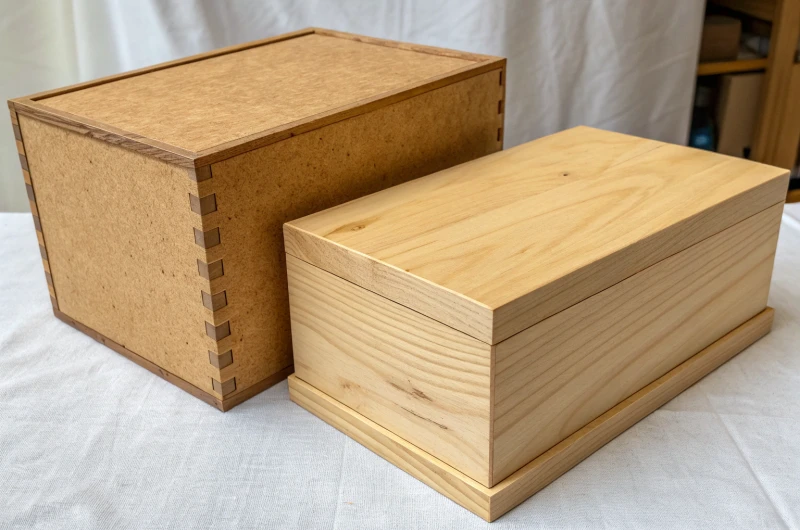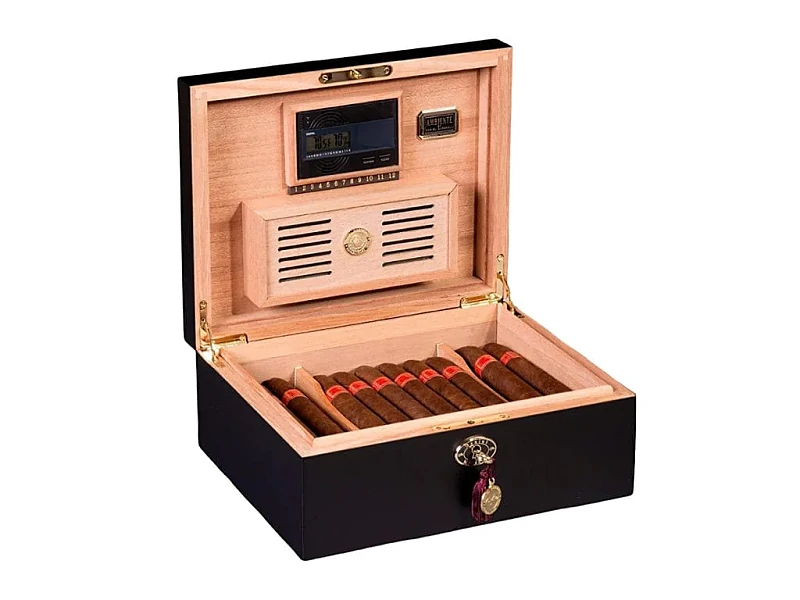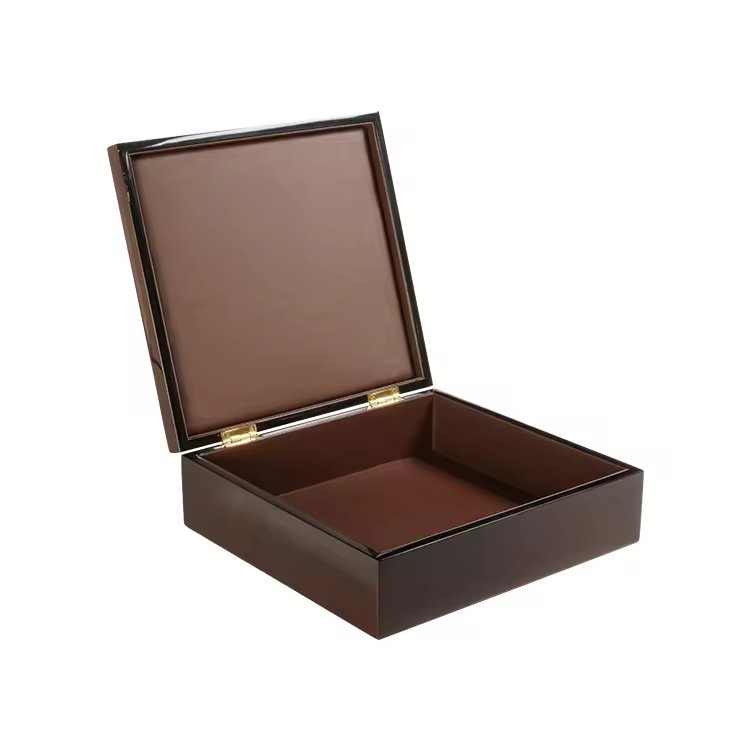
One sample may look convincing, but in luxury packaging, it often hides flaws. Clients demand both structure and beauty, and one trial rarely delivers both.
A dual-proofing process, with one structural sample and one visual sample, ensures accuracy, reduces mistakes, and builds stronger trust with high-end buyers.
In my experience, this two-step method aligns expectations clearly. It avoids confusion, limits costly errors, and supports smoother decision-making for both sides.
Why is a single sample often insufficient to capture both structure and aesthetics?
A single sample tries to do too much. It risks missing either function or design.
One prototype cannot fully show how the box performs and how it looks. Structure and aesthetics require separate focus.

When a sample focuses on structure, the finishing may not be final. It shows joints, hinges, or capacity, but colors and branding may be placeholders. Clients who expect both may feel disappointed.
On the other hand, a purely visual prototype may look polished, but it could hide structural flaws. It may not confirm durability, alignment, or inner compartments.
Risks of single-sample approach
| Focus on | What’s missed | Client reaction |
|---|---|---|
| Structure | Final look, branding | Confusion about design |
| Visuals | Strength, usability | Surprises in function |
I remember a client who wanted to judge everything from one box. They loved the finish but later found the tray design impractical. We had to redo it, losing time and money. That is why a single sample is rarely enough.
How can a structural sample help confirm durability, capacity, and functional details?
A structural sample is a working model. It is not about beauty. It is about strength and usability.
Structural samples confirm the engineering side: durability, capacity, mechanisms, and ergonomic details.

Durability checks include testing hinges, joints, and opening resistance. If the lid wobbles or the lock misaligns, it becomes clear at this stage. Capacity tests confirm whether cigars, watches, or jewelry fit properly with the intended spacing.
Functional details also matter. For example, the depth of a tray, the smoothness of sliding compartments, or the ease of removing items. These details decide whether the box feels premium in daily use.
Structural sample focus points
- Joints and hinges alignment
- Internal tray size and capacity
- Weight balance and ergonomics
- Locking systems and magnets
I once presented a structural sample for a perfume box. The client noticed that the insert held bottles too tightly, risking breakage. Catching this early saved us from redoing hundreds of units. That is why structure-first samples protect long-term success.
What role does a visual sample play in validating finishing, colors, and branding elements?
After structure comes beauty. A visual sample answers the client’s desire to see the final look.
Visual samples validate surface finishing, color accuracy, and branding execution, which are critical in luxury markets.
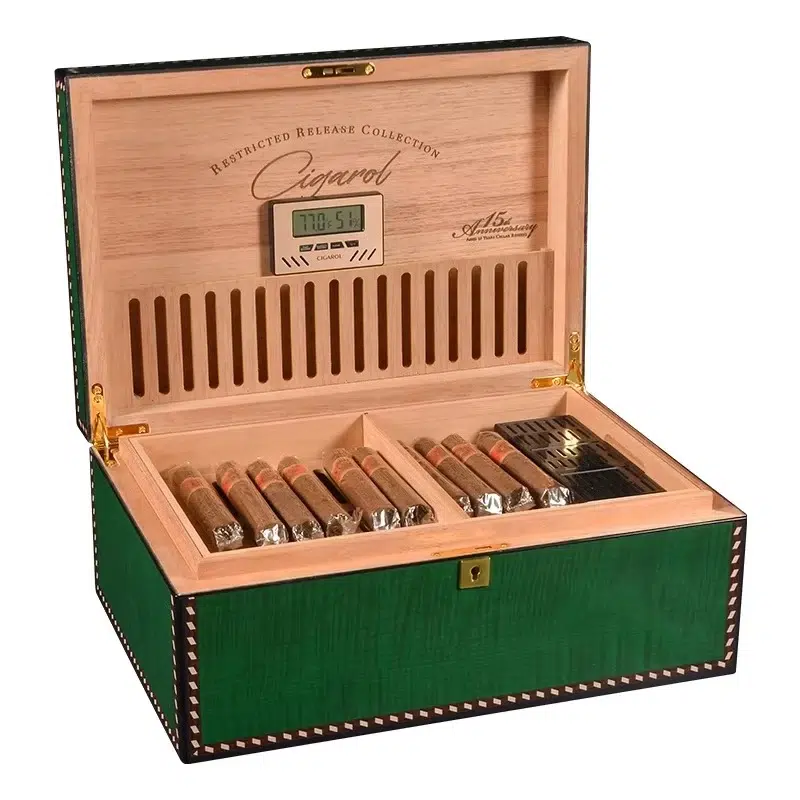
This stage focuses on materials and finishes: lacquer gloss, veneer patterns, metal accents, or fabric linings. Clients can check whether the surface reflects the luxury standard they want.
Color accuracy is another key. A brand’s shade of red or gold must be exact, not approximate. The visual sample allows side-by-side comparison with brand guides. Branding elements, such as engraving, foil stamping, or metal logos, can be inspected for quality and position.
Key checks in visual sampling
| Élément | Why it matters |
|---|---|
| Lacquer or finish | Defines luxury feel |
| Veneer or wood tone | Ensures brand match |
| Branding logo | Confirms accuracy |
| Doublure intérieure | Reflects elegance |
I recall a jewelry client who rejected a box because the gold foil looked too dull. A visual sample gave them the chance to correct this before mass production. Without it, we would have faced costly returns.
How can separating the two stages reduce misunderstandings and costly rework?
Clients often imagine results differently from manufacturers. Miscommunication leads to mistakes.
Separating structure and visuals allows step-by-step alignment, preventing misinterpretation and avoiding expensive rework.
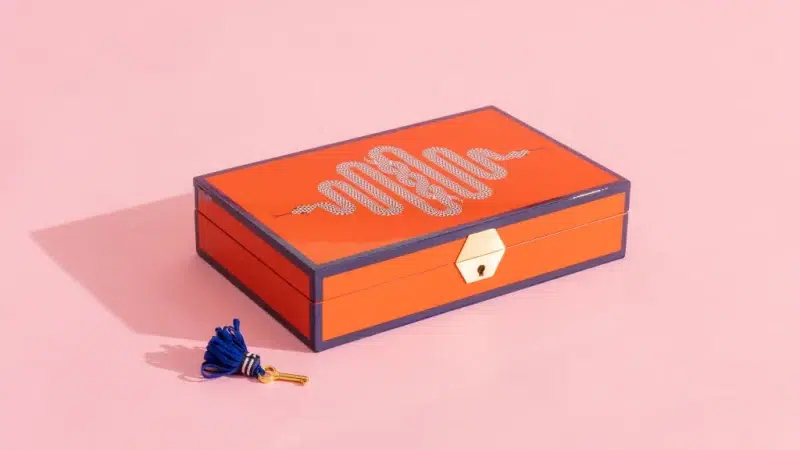
When the structural sample is approved first, both sides confirm size, durability, and function. There is no room for later disputes about “fit” or “capacity.”
Once that is locked, the visual sample focuses only on finishing and branding. Because the structure is already confirmed, discussions stay narrow and efficient.
Advantages of dual-proofing
- Clear milestones for approval
- Step-by-step focus avoids overload
- Early detection of problems reduces waste
- Clients feel more in control
In one case, a watch brand asked for one complete sample directly. They later complained that the tray was wrong and that the lacquer looked too flat. We had to redo everything. If we had separated the two, both problems would have been solved earlier and at lower cost.
What impact does dual sampling have on project timeline and budget?
More sampling sounds slower and more expensive. But in practice, it often saves both.
Dual sampling adds one extra step upfront but reduces the chance of big mistakes later, which saves time and budget overall.
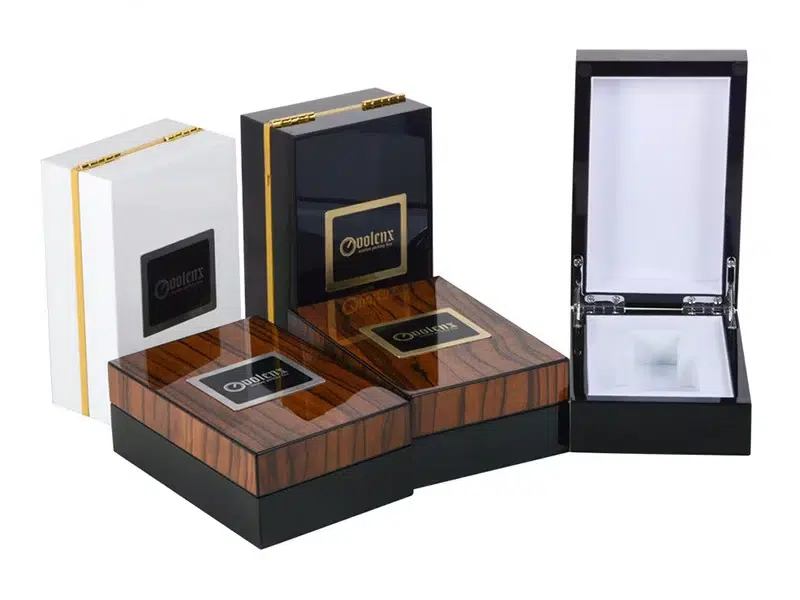
Yes, making two samples requires extra material and labor. It may add one or two weeks to the timeline. But compared to redoing hundreds or thousands of boxes, this is minor.
Budgets also benefit from avoiding waste. A rejected full run costs far more than two prototypes. Smart clients know this, and they appreciate suppliers who offer safer processes.
Cost vs. savings comparison
| Stade | Added cost | Saved cost |
|---|---|---|
| Structural sample | +5–10% | Avoids redesign later |
| Visual sample | +5–10% | Avoids rework of full run |
| Total | Slightly higher | Much lower overall risk |
I often explain to clients that an extra $200–300 on dual samples can prevent losses of $5,000–10,000 in mass production. This perspective usually makes them agree quickly.
In which cases does the dual-sample process become essential for client satisfaction and brand trust?
Not all projects require both steps. But high-end clients expect perfection.
Dual sampling becomes essential when clients demand luxury precision, brand consistency, or when orders carry high financial and reputational risk.

Luxury cigar brands, watch companies, or jewelry houses cannot afford mistakes. Their clients expect flawless packaging that matches product value. In these markets, a dual-proofing process signals professionalism and respect for detail.
Large orders also justify the extra step. The higher the quantity, the more expensive any mistake becomes. When a project involves thousands of boxes, dual sampling is insurance.
Scenarios where dual sampling is vital
- High-end branding with strict identity rules
- Orders above 1,000 units
- Complex structures with moving parts
- Collectible or limited-edition series
I once worked with a French perfume brand. They demanded both samples before signing off. It took longer, but when the final shipment arrived, they praised the accuracy and placed repeat orders. That is how dual-proofing strengthens long-term trust.
Conclusion
Dual sampling is not just a process. It is a safeguard. It aligns structure and visuals step by step, protects budgets, and ensures client satisfaction.
Nom de marque : WoodoBox
Slogan : Boîtes en bois sur mesure, fabriquées à la perfection
Site web : www.woodobox.com
WhatsApp : +86 18359265311

